What is OPFOR and why is it among the most fun and valuable things to do in the military?
- By Travis Pike
Share This Article
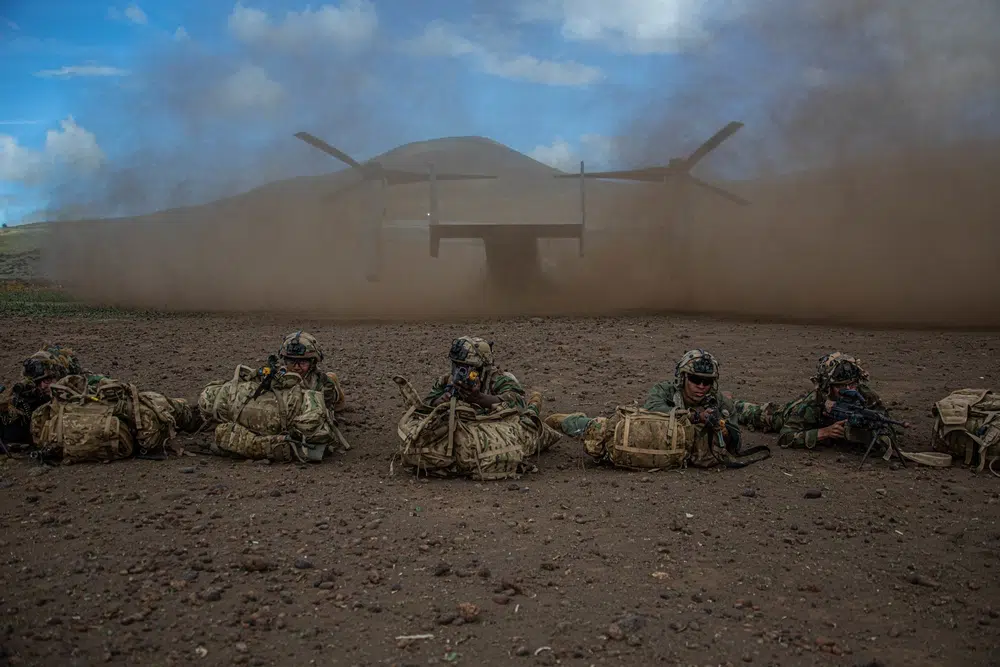
I had the most fun in the Marine Corps when I had the opportunity to function as OPFOR. To borrow a quote from Fury, it was the best job I ever had. OPFOR stands for Opposing Forces, and it means pretending to be the enemy in training scenarios and exercises.
Sometimes actors are hired to be the OPFOR: I remember fighting against OPFOR that were from Afghanistan and bringing with them a sense of realism and cultural knowledge. Other times it’s just designated Marines. I loved being that Marine and is one of the best ways to spend a field exercise.
The joy of OPFOR
Obviously, villains have more fun, but as OPFOR, you get to be creative. You are not subject to the warfighting methods of the United States Marine Corps, and they encourage you not to fight like a Marine, but like a guerilla.
This allows for a different level of freedom. Since your force will be predictably outgunned by the Marines you’re fighting, you’ll die a glorious death. When you notionally get taken off the board, there is no squad leader to yell at you for making a tactical mistake. You can freely experiment, and it’s okay when it doesn’t work out.
Plus, every time I played OPFOR, I didn’t have to wear my plate carrier and helmet. This makes you surprisingly nimble and subtracts the weight and heat both of those items bring.
Related: Marines are training to provide security for commercial ships in Middle East
The value of OPFOR
OPFOR is a valuable experience for a military unit. The Marine Corps might just assign one platoon or one squad to be OPFOR, but the Army has entire units designated as OPFOR. (The Army’s 1st Bn 509th Infantry Regiment is famous for acting as OPFOR at the Joint Readiness Training Center in Fort Polk.)
Having to face off against actors can create realistic cultural expectations and experiences. However, using trained Soldiers or Marines creates a very fierce fighting experience as when trained warfighters square off against their peers you get intense and unpredictable situations.
Steel sharpens steel, and that is how OPFOR works. If you are deploying to go fight overseas, having something akin to that experience before deployment can be invaluable.
My favorite Opposing Forces experience
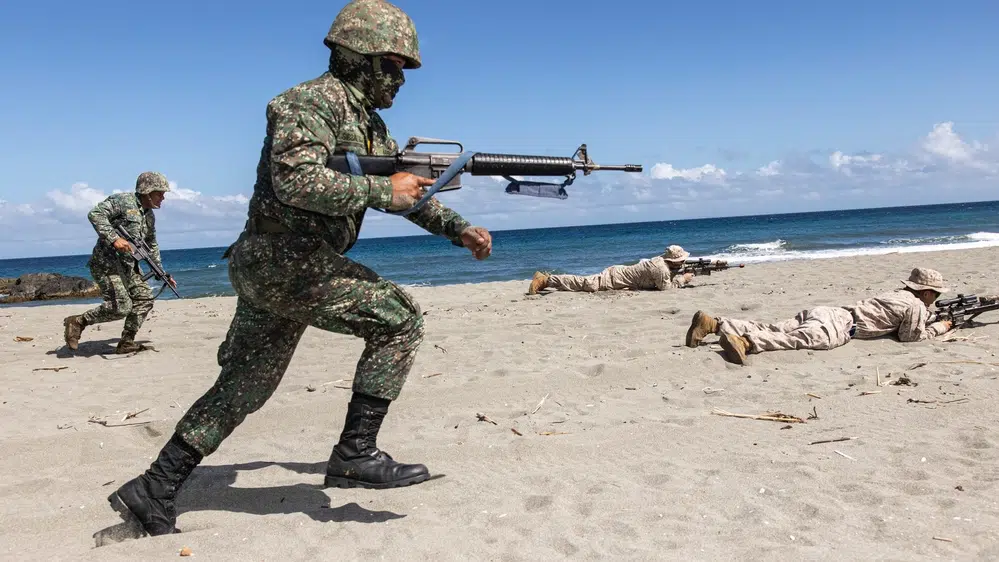
It was Romania in 2011. We had over a week on the ground on the coast of the Black Sea. We cross-trained in a variety of small unit tactics with the Romanian military and this all led up to a major exercise that was a joint landing between Romanian and American forces.
My weapons platoon, minus the assaultmen, was left behind to play as OPFOR for the landing. As our opponents sailed off to the ship to spend the night and launch in the morning, we began planning. We were going to be a group of insurgents, so we dug our way into the training area, taking a compound and readying it for an assault.
We set up a defense that relied on us being on a constant bounding retreat, causing the attacking forces to follow us. This allowed us to set ambushes and delaying tactics along the way.
Our final fighting position was going to be in a dilapidated old building. The building looked to be a big cafeteria with one main room and a kitchen in the back. The serving window was huge and led directly into the big main room and we used a huge piece of wood to block that window.
Related: What are Navy SEAL ‘duck’ insertions and which one would you prefer?
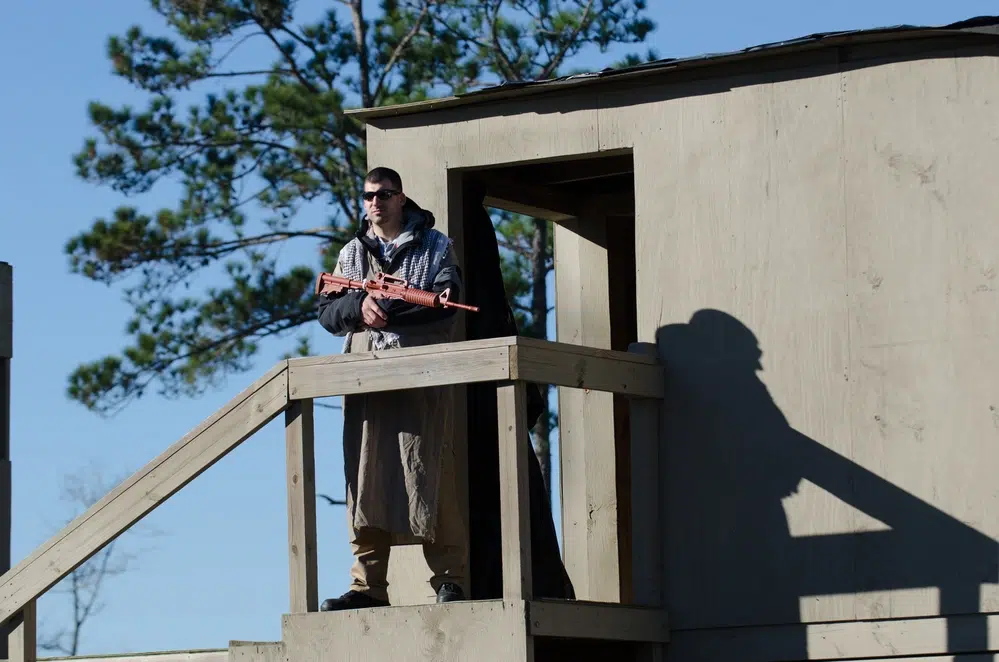
Our plan worked like a charm. While we lost men along the way and the Romanian and U.S. Marine Corps forces moved inwards, we were successful in getting them to follow us. (One thing you can always count on is the aggression of the U.S. Marines.)
We drew them in, and when they reached our final fighting spot, we gave them hell. We fought from the windows, and when they breached the building, our men hid behind pillars. We made them earn every inch. We drew them into what was essentially a perfect defilade position.
At the end, it was down to me and one other guy. You see, we had an M140 machine gun hidden behind the service window with the wall in front of us. My partner and I watched as our opponents piled in and fought our guerrilla force. Once they were deep in that big open room, we pushed that piece of wood down, revealing the service window, and I let loose with a huge burst from my remaining blanks. In real life, they would have had a mass casualty event and this was brought up during the after-action report.
Our time as OPFOR made everyone realize that aggression is great, but planning is better. OPFOR isn’t just fun; it’s valuable.
(Re)education
OPFOR is not only a break from the tactical considerations of being a Marine, but it’s educational. When you spend a ton of time planning how to fight Marines, you learn how to fight Marines. That knowledge allows you to see how you’ll be fighting from the other side and to see inside the minds of the bad guys. It’s much easier to defeat an enemy when you can think like the enemy.
That’s the hidden value of OPFOR and why everyone should get an opportunity to role-play as OPFOR, from privates who serve as point men to platoon commanders.
Read more from Sandboxx News
- Be all you can be: Army releases new ‘First Steps’ recruiting ads
- Did the US Army actually invent McDonald’s McRib?
- Russia is suffering from Ukraine’s cluster munitions, Russian colonel reveals
- The Soviets crashed into the moon while Apollo 11 was on it
- How to get through Special Forces selection? Don’t be the ‘Grey Man’
Related Posts
Sandboxx News Merch
-

‘AirPower’ Classic Hoodie
$46.00 – $48.00Price range: $46.00 through $48.00 Select options This product has multiple variants. The options may be chosen on the product page -

‘Sandboxx News’ Trucker Cap
$27.00 Select options This product has multiple variants. The options may be chosen on the product page -

‘Kinetic Diplomacy’ Bumper Sticker (Black)
$8.00 Add to cart

Travis Pike
Travis Pike is a former Marine Machine gunner who served with 2nd Bn 2nd Marines for 5 years. He deployed in 2009 to Afghanistan and again in 2011 with the 22nd MEU(SOC) during a record-setting 11 months at sea. He’s trained with the Romanian Army, the Spanish Marines, the Emirate Marines, and the Afghan National Army. He serves as an NRA certified pistol instructor and teaches concealed carry classes.
Related to: Military Affairs

Energy drinks were the unsung hero of the Global War on Terror
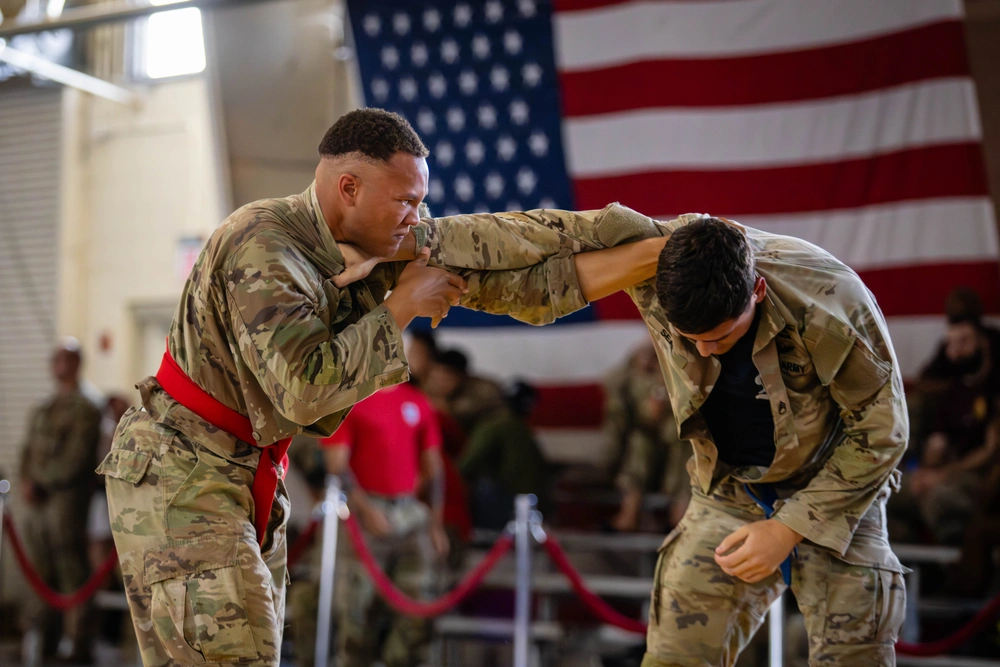
How hand-to-hand combat training in the US military has evolved
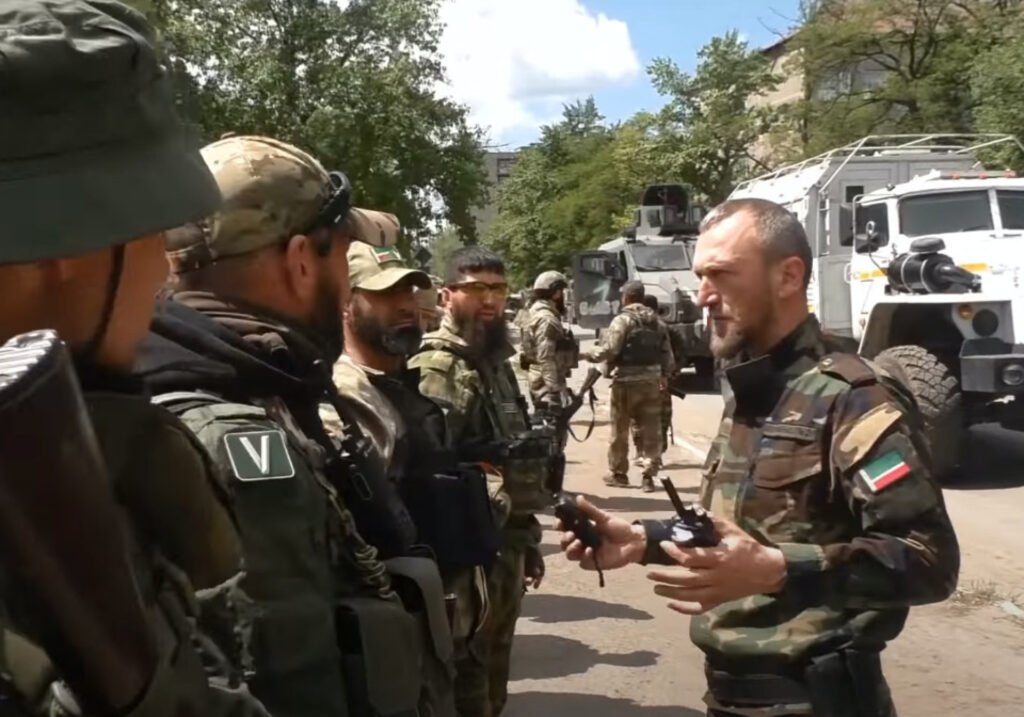
Russia has been trying a tactic of ‘a thousand cuts’ in Ukraine
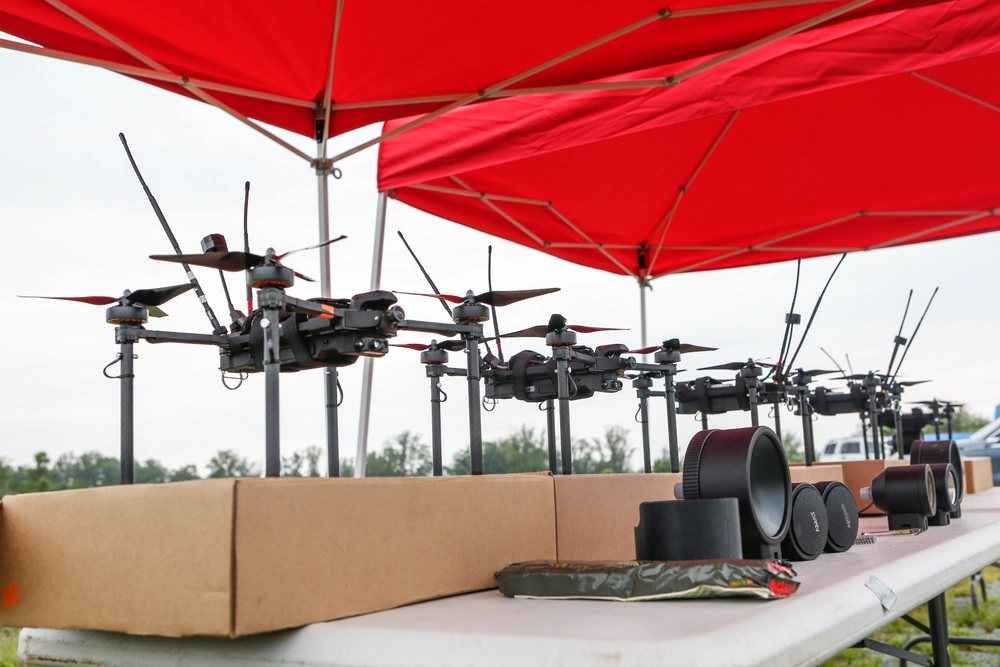
The benefits of drones for the Marine Corps
Sandboxx News
-

‘Sandboxx News’ Trucker Cap
$27.00 Select options This product has multiple variants. The options may be chosen on the product page -

‘AirPower’ Classic Hoodie
$46.00 – $48.00Price range: $46.00 through $48.00 Select options This product has multiple variants. The options may be chosen on the product page -

‘AirPower’ Golf Rope Hat
$31.00 Select options This product has multiple variants. The options may be chosen on the product page -

‘Sandboxx News’ Dad Hat
$27.00 Select options This product has multiple variants. The options may be chosen on the product page
